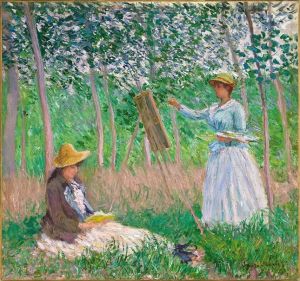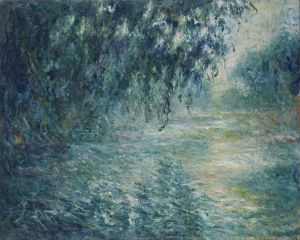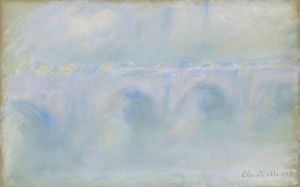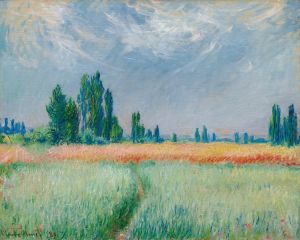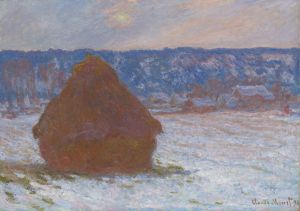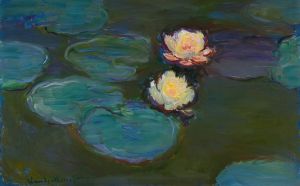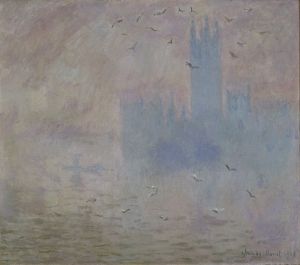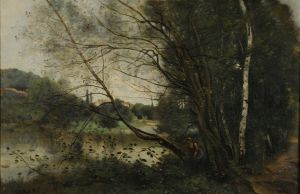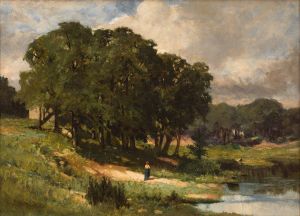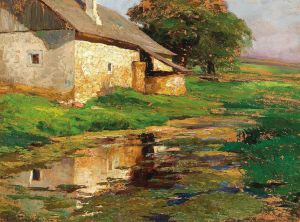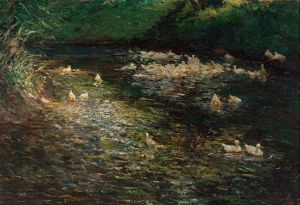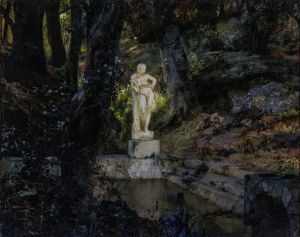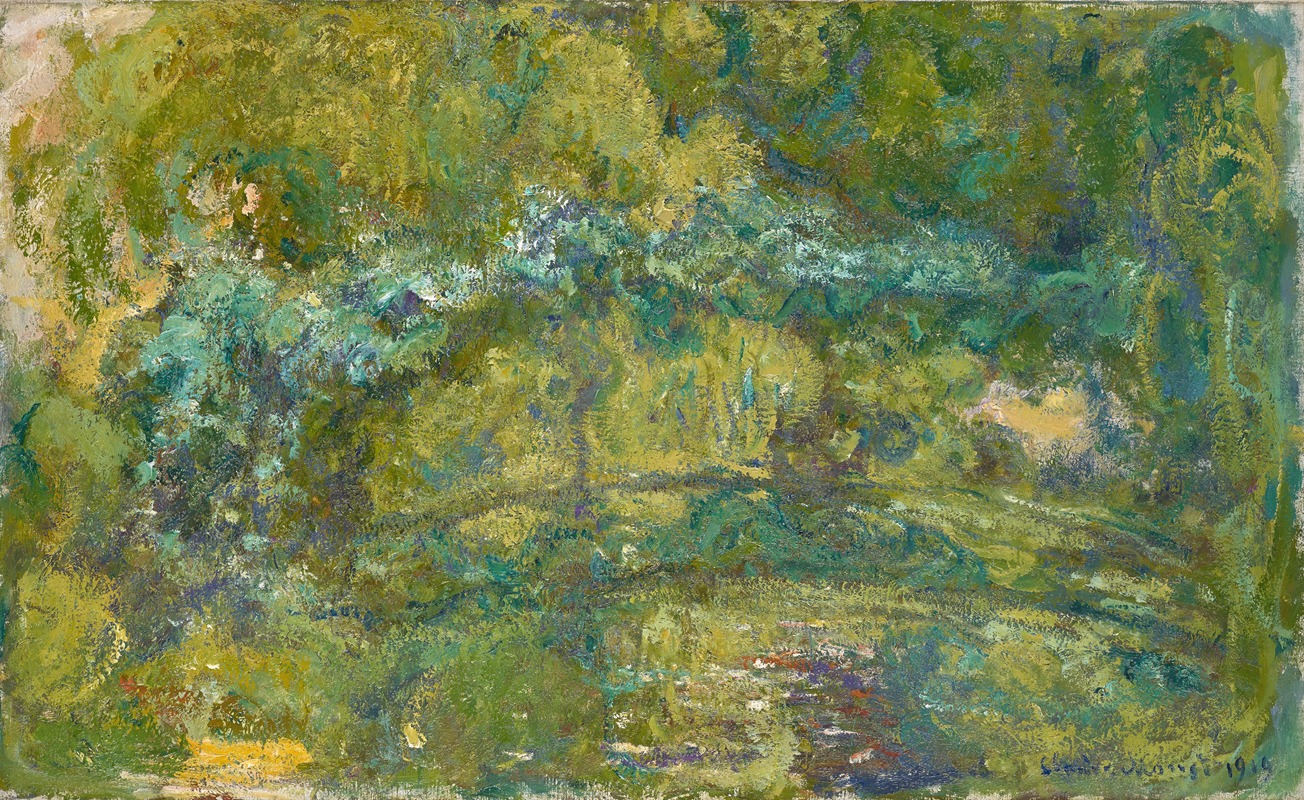
The Footbridge over the Water-Lily Pond
A hand-painted replica of Claude Monet’s masterpiece The Footbridge over the Water-Lily Pond, meticulously crafted by professional artists to capture the true essence of the original. Each piece is created with museum-quality canvas and rare mineral pigments, carefully painted by experienced artists with delicate brushstrokes and rich, layered colors to perfectly recreate the texture of the original artwork. Unlike machine-printed reproductions, this hand-painted version brings the painting to life, infused with the artist’s emotions and skill in every stroke. Whether for personal collection or home decoration, it instantly elevates the artistic atmosphere of any space.
The Footbridge over the Water-Lily Pond is a celebrated painting by the French Impressionist artist Claude Monet. Completed in 1899, this work is part of a series of paintings that Monet created, focusing on the Japanese-style footbridge and the water-lily pond in his garden at Giverny, France. The painting is widely regarded as one of the most iconic representations of Monet's fascination with light, reflection, and nature.
Monet moved to Giverny in 1883, where he meticulously designed and cultivated a garden that would serve as a source of inspiration for his art. The water-lily pond, which became a central motif in many of his later works, was created by diverting a branch of the nearby Epte River. Monet also installed a wooden footbridge over the pond, designed in the Japanese style, reflecting his admiration for Japanese art and aesthetics, which were highly influential in Europe during the late 19th century.
In this painting, Monet captures the tranquil beauty of the scene with his characteristic loose brushwork and vibrant color palette. The footbridge arches gracefully over the pond, which is filled with water lilies. The surrounding foliage, including weeping willows and other plants, is reflected in the water, creating a harmonious interplay of light and color. Monet's use of short, broken brushstrokes and his focus on the effects of light and atmosphere exemplify the Impressionist style.
This painting is part of a larger series of works that Monet created between 1899 and 1900, all depicting the footbridge and the water-lily pond under different lighting and weather conditions. These paintings demonstrate Monet's dedication to capturing the fleeting effects of light and his deep connection to his garden as a subject. The series also marks the beginning of Monet's extensive exploration of water lilies as a theme, which would dominate his later career.
Today, The Footbridge over the Water-Lily Pond is housed in the National Gallery in London, where it continues to be admired by visitors from around the world. It remains a testament to Monet's innovative approach to landscape painting and his ability to transform a simple garden scene into a masterpiece of Impressionist art.






